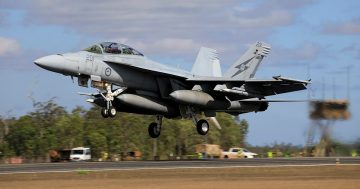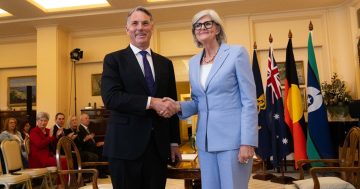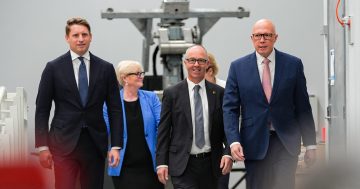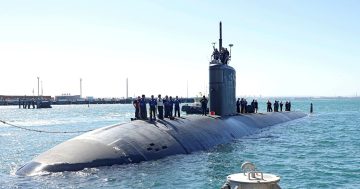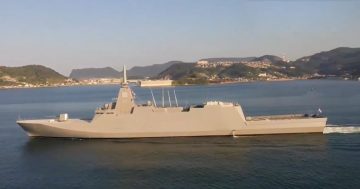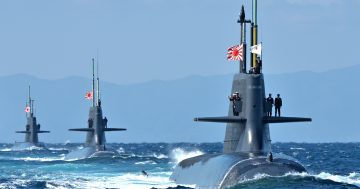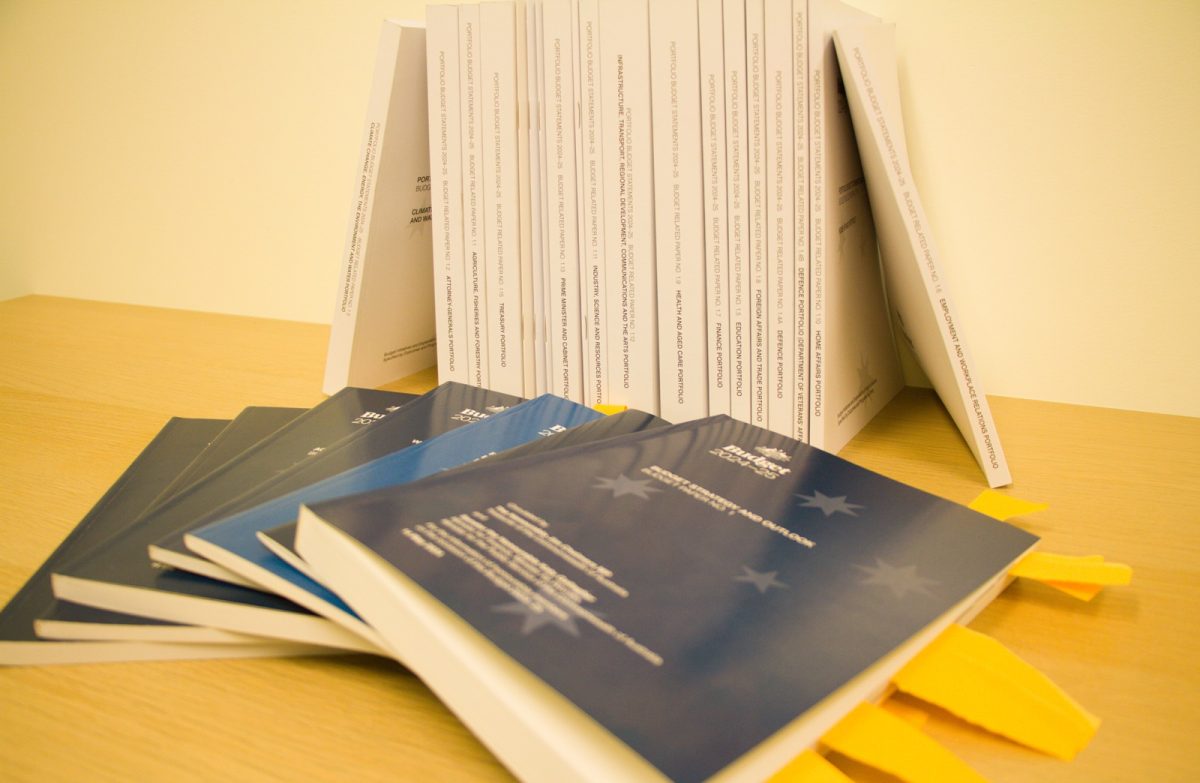
The Defence budget is expected to rise from $55 billion to about $100 billion per year over the next decade. Photo: Andrew McLaughlin.
With the Federal Government’s focus clearly drawn towards finding solutions to the cost of living, Defence watchers weren’t expecting much from Tuesday night’s budget. Especially after last month’s much-hyped release of the National Defence Strategy (NDS) and accompanying Integrated Investment Plan (IIP).
So while there was little to declare on the night, the Defence Portfolio Budget Statements (PBS) provided some interesting tidbits with regard to spending profiles and some new project designations.
The 2024-25 Budget forecasts $765 billion will be spent on Defence funding over the decade to 2033-34, including $330 billion on capital expenditure laid out in the IIP.
This will see annual Defence spending grow from $55.687 billion in 2024-25 – including the Australian Signals Directorate (ASD) and the Australian Submarine Agency (ASA) – to about $100 billion in 2033-34, an increase of $2.356 billion over last year.
The total increase over the decade to 2033-34 is $50 billion more than the Morrison Government had planned to spend in the decade from its 2020 Defence Strategic Update and 2020 Force Structure Plan.
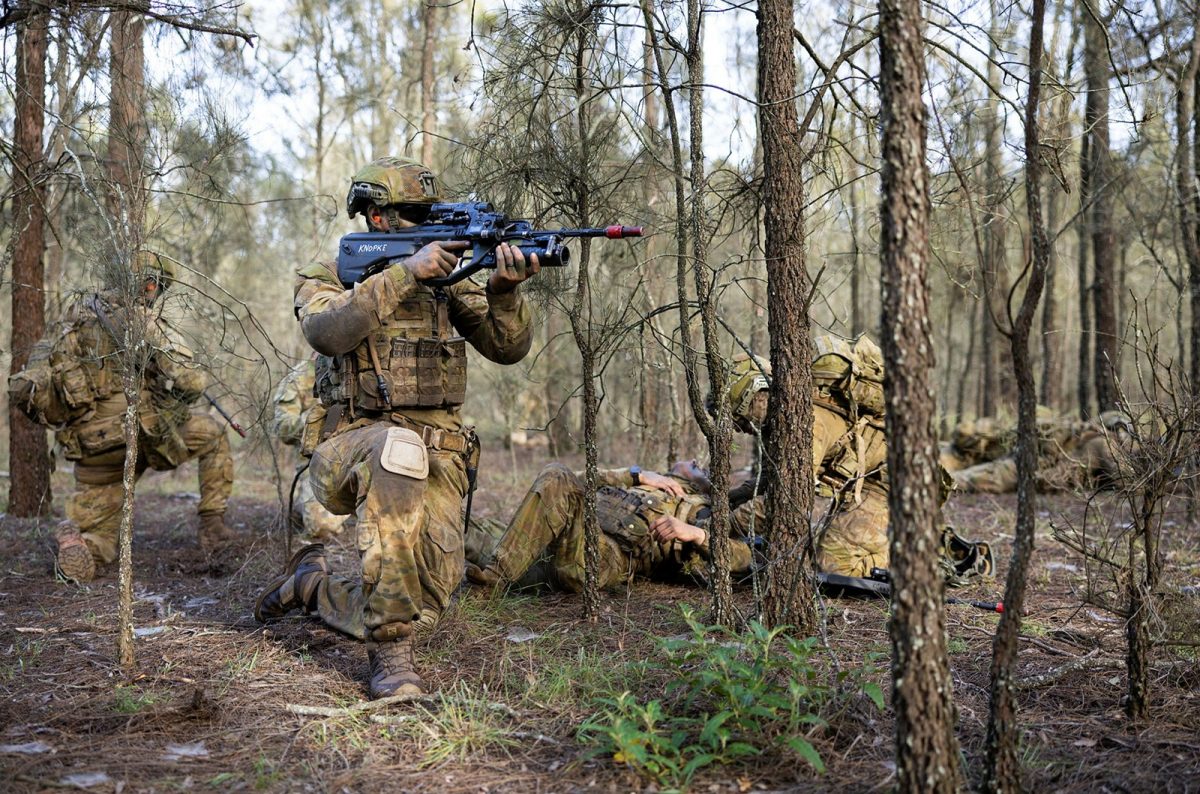
Of the $55.7 billion in the 2024-25 Defence budget, nearly 70 per cent will go towards wages and administration, maintaining the Defence Estate, and sustainment. Photo: ADF.
While this seems a lot – and it is – as a percentage of GDP, Defence spending will only rise marginally from the current 2.05 per cent, to 2.12 per cent in 2027-28, and 2.3 per cent by 2033-34.
While much of the additional funding will be allocated to the nuclear-powered attack submarine (SSN) to be acquired under AUKUS Pillar 1 which now goes by the DEF 1 project designation, other funding will go on the Royal Australian Navy’s increased fleet of surface combatants as outlined in February’s Surface Combatant Fleet review.
Over the forward estimates, the Defence PBS shows spending on the SSN program will be $3.19 billion in 2024-25, $3.184 billion the following year, $1.777 billion in 2026-27, and $5.353 billion in 2027-28, a total of $13.504 billion.
Much of the submarine money will be spent on boosting the US and UK shipbuilding industries, upgrading HMAS Stirling in Western Australia to accommodate US, UK and Australian SSNs from 2027, and developing the workforce and shipyard at Osborne in South Australia to prepare for Australian submarine production late next decade.
While the US and UK industry payments are expected to be close to $7 billion, Dr Marcus Hellyer notes in his Strategic Analysis Australia summary: “There is no individual line for ‘industrial uplift’ payments, i.e., the funds that Australia is providing to the US and UK to expand their submarine production capacity to be able to provide submarines to Australia.”
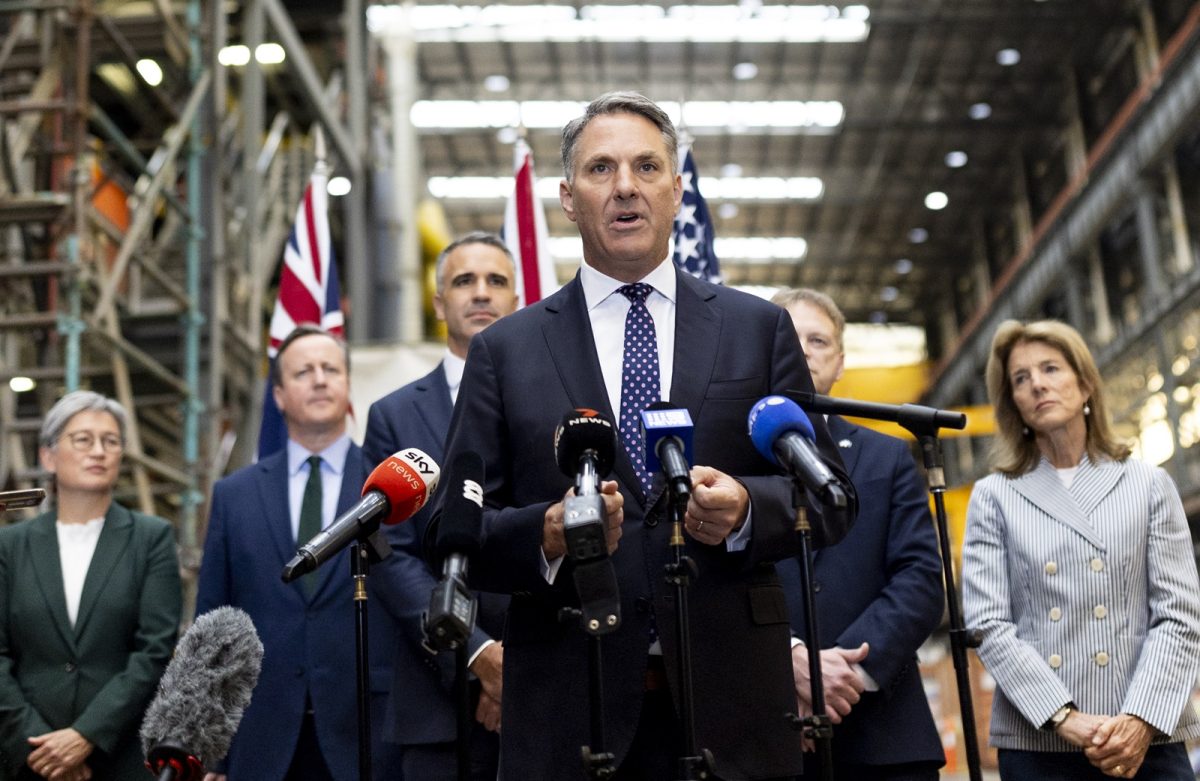
Defence Minister Richard Marles says the government is making the biggest commitment to increasing Defence funding over the forward estimates in decades. Photo: ADF.
Total capital expenditure spending over the forward estimates shows a relatively small increase, particularly in the context of claims from both sides of politics in the past four years of there being an imminent threat of war in our region in the next decade.
In 2024-25, Defence’s capital expenditure budget including the SSNs will be $13.695 billion, the following year will be $14.739 billion, and then $14.659 billion in 2026-27, rising to $18.779 billion in 2027-28. The remainder of the Defence budget is absorbed mainly by wages and administration, maintaining the Defence Estate, and sustainment.
Interestingly, the Defence PBS Top 30 Military Acquisition Projects section highlighted a number of new project designations which haven’t previously been made public. These include:
- Project AIR 6004 Air Launched Multi Domain Strike project to acquire advanced air-launched air-to-air and land and maritime strike missiles – previously a sub-phase of Projects AIR 6000.
- Project AIR 7001 MQ-4C Triton remote piloted aircraft system (RPAS) – previously AIR 7000 Phase 1B.
- Project AIR 6004 MQ-28A Ghost Bat uncrewed aircraft system (UAS) – previously an uncapitalised air force program.
- DEF 1 nuclear-powered submarines which hadn’t previously been given a project designation.
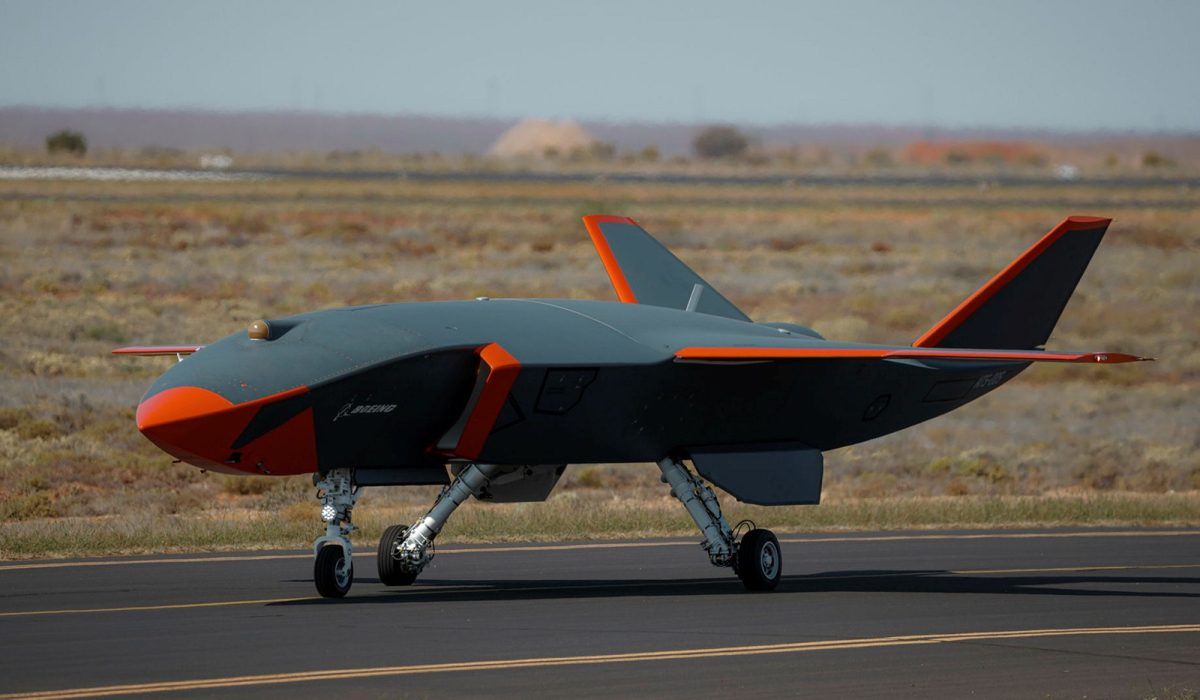
The RAAF’s MQ-28A Ghost Bat uncrewed aerial system program has been given the AIR 6004 project designation. Photo: ADF.
And while it isn’t yet included in the Defence budget as funding likely won’t start flowing in earnest until after the forward estimates, the Navy’s new general purpose frigate program to replace the ANZAC frigates in service has reportedly been given the provisional designation of SEA 3000.
Deputy Prime Minister and Defence Minister Richard Marles said the government was making the biggest commitment to increasing Defence funding over the forward estimates in decades.
“National security is a big focus of the Albanese Government and it’s a big focus of the Budget,” he said.
“This is about ensuring our Australian Defence Force is fit for purpose and equipped with suitable capabilities to meet present and future challenges.”
Minister for Defence Industry Pat Conroy said rebuilding the IIP would allow government to deliver the capabilities the ADF needs and would strengthen Australia’s sovereign defence industry.
“The Albanese Government is spending a record amount on Australian defence industry, at the same time we are ensuring the money contained [in the] Defence budget will be spent more wisely to deliver the capabilities we need,” he said.
Original Article published by Andrew McLaughlin on Riotact.


